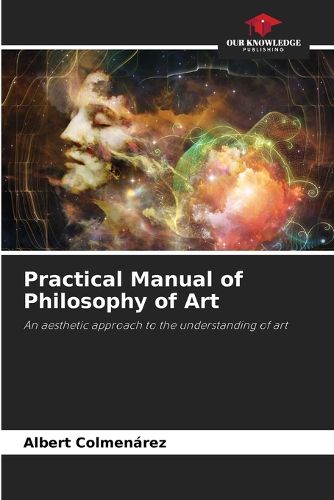Readings Newsletter
Become a Readings Member to make your shopping experience even easier.
Sign in or sign up for free!
You’re not far away from qualifying for FREE standard shipping within Australia
You’ve qualified for FREE standard shipping within Australia
The cart is loading…






Throughout time, the philosophy of art has focused on the study of the nature of artistic objects and practices, which can be called artistic. With a strong philosophical imprint, it seeks to provide answers to questions about art and its meanings, such as: What is the relationship between philosophy and art; what makes an object artistic; what, if anything, do all the objects we call "art" have in common; and why do we value these objects? Therefore, in order to give clear and distinct answers to each of these questions, this practical manual of Philosophy of Art will be divided into four parts, attending to a diachronic view of aesthetics, the cognitive level of the learner and a functional didactics applied to a higher educational level: From myth to logos, Philosophy of art, Aesthetic analysis and Readings.
$9.00 standard shipping within Australia
FREE standard shipping within Australia for orders over $100.00
Express & International shipping calculated at checkout
Stock availability can be subject to change without notice. We recommend calling the shop or contacting our online team to check availability of low stock items. Please see our Shopping Online page for more details.
Throughout time, the philosophy of art has focused on the study of the nature of artistic objects and practices, which can be called artistic. With a strong philosophical imprint, it seeks to provide answers to questions about art and its meanings, such as: What is the relationship between philosophy and art; what makes an object artistic; what, if anything, do all the objects we call "art" have in common; and why do we value these objects? Therefore, in order to give clear and distinct answers to each of these questions, this practical manual of Philosophy of Art will be divided into four parts, attending to a diachronic view of aesthetics, the cognitive level of the learner and a functional didactics applied to a higher educational level: From myth to logos, Philosophy of art, Aesthetic analysis and Readings.